Two Barbers, a YouTube Channel and the Truth About Race at the Racetrack
Share
Explore Our Galleries
Breaking News!
Today's news and culture by Black and other reporters in the Black and mainstream media.
Ways to Support ABHM?
By Joe Drape, New York Times
Two entrepreneurial barbers with video cameras are documenting the overlooked characters of thoroughbred racing, with an emphasis on Black grooms and trainers.
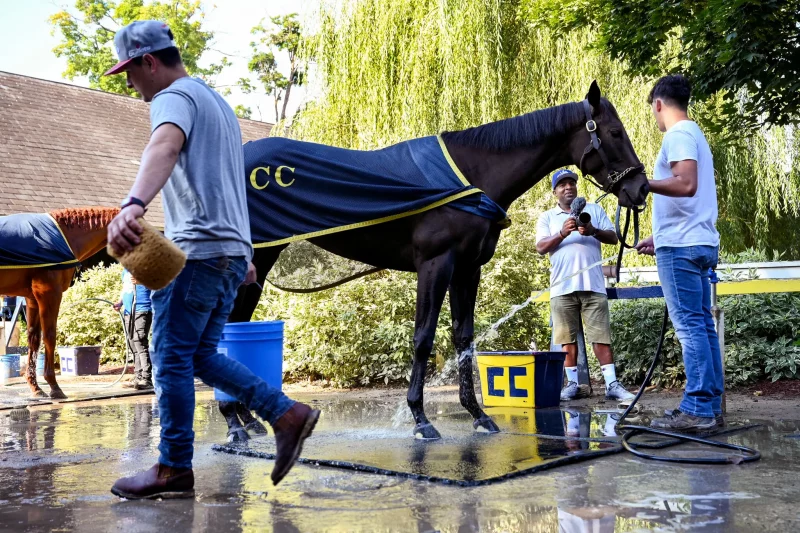
Rasi Harper and Maurice Davis arrived in Louisville a couple of days before the Kentucky Derby in May, carrying their video cameras and searching, as always, for true stories of life at the racetrack.
They found one in a hurry.
At one of the first barns they visited at Churchill Downs, Jerry Dixon Sr. had a loose hold on a thoroughbred and was amiable enough to take questions from two men he did not know and who did not know him.
Dixon explained that he grew up on the racetrack and was a third-generation horseman. He was at the barn helping his son Jerry Jr., the groom for an unsung horse hoping for a last-minute spot in the Derby.
Harper asked Dixon what had changed in horse racing.
“This may get me in trouble,” Dixon said, looking over his shoulder and lowering his voice. “I’m the only Black man at the end of a shank. It’s sad but true. Real grooms got pushed out.”
It was the sort of candid, just-between-us moment that has made Harper and Davis’s YouTube documentary series, The Real Players Inside the Backstretch, a must-see for those who own, breed, train, ride, groom, bet on or just love thoroughbred horses.
The Real Players videos, which have generated 2.5 million views on YouTube, Facebook and Twitter, cover just about every aspect of racetrack life. But a prominent theme of the Real Players is the important but ever-diminishing role of African Americans in a sport they helped put on the map.
Check out the full article on New York Times.
Horse racing, like camping and motorcycles, haven’t traditionally been considered Black pastimes.
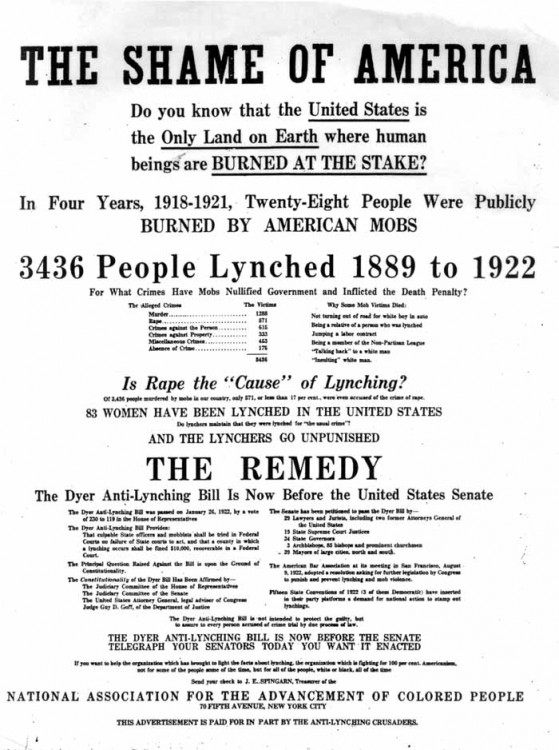
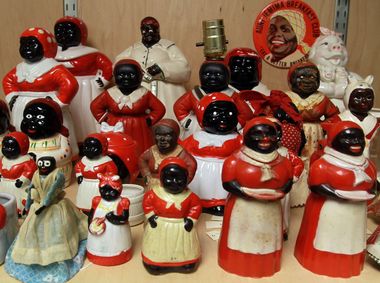
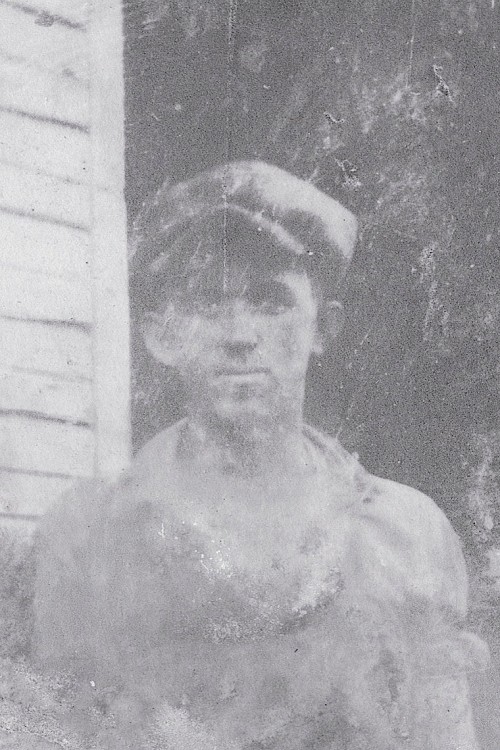
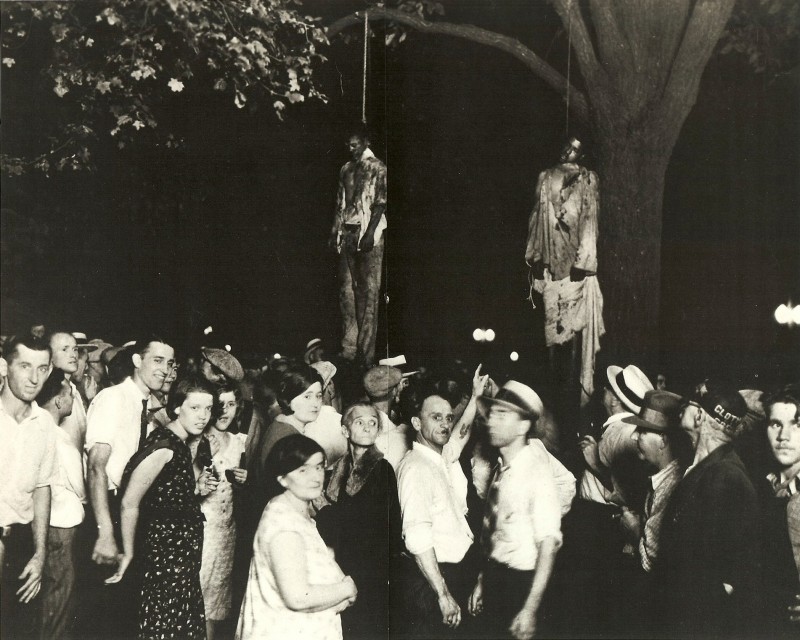
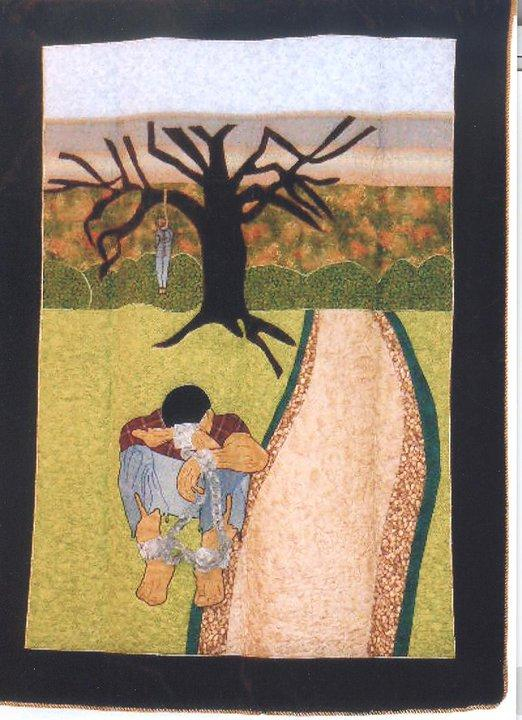
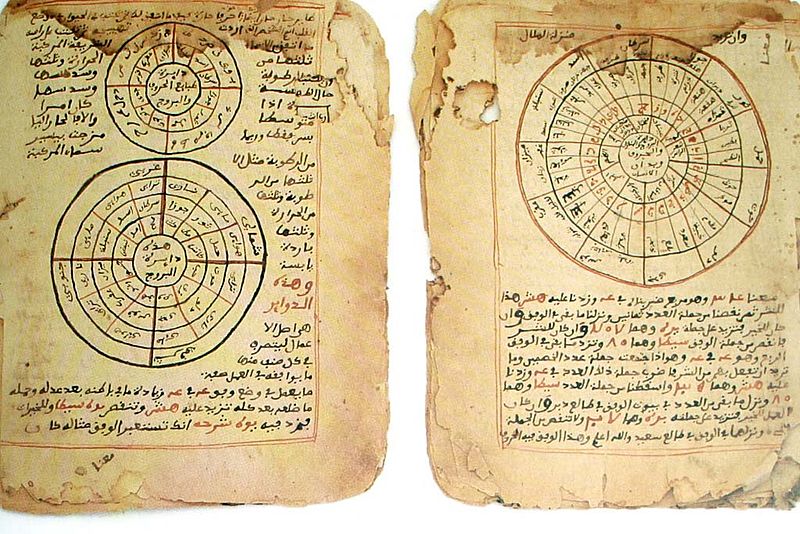
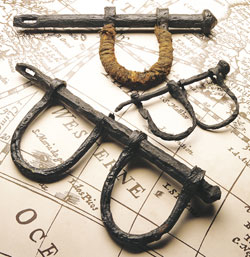

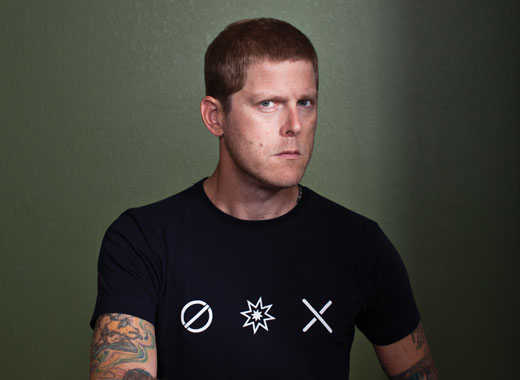
Comments Are Welcome
Note: We moderate submissions in order to create a space for meaningful dialogue, a space where museum visitors – adults and youth –– can exchange informed, thoughtful, and relevant comments that add value to our exhibits.
Racial slurs, personal attacks, obscenity, profanity, and SHOUTING do not meet the above standard. Such comments are posted in the exhibit Hateful Speech. Commercial promotions, impersonations, and incoherent comments likewise fail to meet our goals, so will not be posted. Submissions longer than 120 words will be shortened.
See our full Comments Policy here.